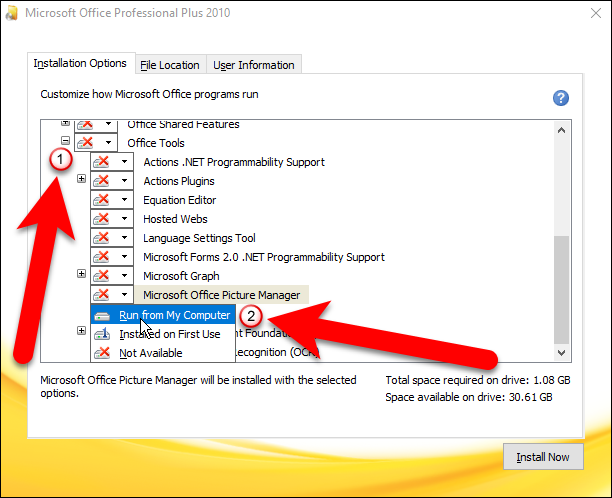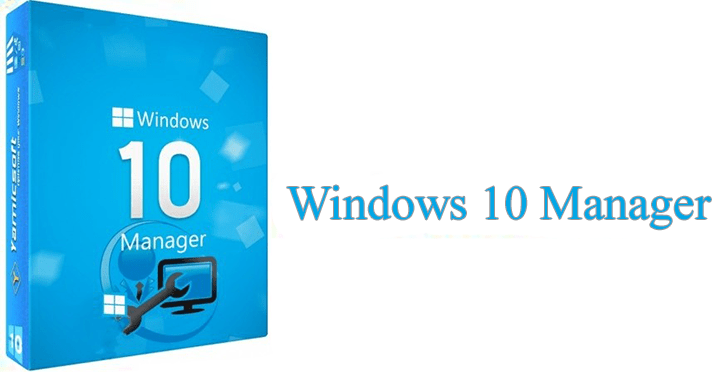


Step 1 – Open Microsoft Edge, if you haven’t already. Microsoft Edge has a switch that you can use to disable it and it’s extensions from running in the background. This will free up more CPU, RAM resources on your system.įix 2 – Disable background activity of Edge If you have multiple unused tabs opened in Microsoft Edge, close them one by one. Some web-based apps (like Adobe apps, Office 365) or even if you are streaming 2k/4k videos in a background tab requires higher CPU resources. Depending upon the content in the tabs, CPU usage can go up. The more tabs you open, more resources it will take. Fix 12 – Use other browser alternatives.

Fix 11 – Get out of the Microsoft Edge Beta.Fix 10 – Update the Microsoft Edge browser.Fix 8 – Turn off Edge automatic startup.Fix 7 – Pause downloading tasks in Edge.Fix 5 – Disable all the extensions of Edge.Fix 2 – Disable background activity of Edge.


 0 kommentar(er)
0 kommentar(er)
